From the early days, it seems that Adolf Dassler was destined to make shoes. His father was a cobbler, and Adolf and his brother Rudolf learned the trade as they grew up. This is not to say that the brothers got along, because well…they didn’t. No one is really sure where the rift began, but it continued all the way until the day they died. They did have a partnership in the early days, having a shoe shop in their mother’s laundry. During the 1936 Olympics, the brothers approached American Jesse Owens about wearing their shoes during the competition. Owens obliged, and even went on to win four gold medals at the event. This was the end of the joint success of the brothers, as World War II approached and decisions were made.
Despite both brothers joining the Nazi Party, they had different political views. Rudolf was captured by American soldiers and suspected of being SS, something he believed that his brother had told the troops. A final straw is rumored to be when both of the brothers brought their families to the same bomb shelter, with Adolf alleged stating “the dirty bastards are back again.” Rudolf believed that the statement was referring to his family, while Adolf allegedly meant it about the American soldiers. Either way, that was the end of the partnership between the two brothers.
Rudolf would move across the river in their hometown of Herzogenaurach, creating his own shoe company, while creating a literal and figurative split of the town. Adolf named his company after a combination of his nickname and last name, ADI DASsler. Rudolf would do the same (RUDA), although he would later change his companies’ name to Puma (Yes, THAT Puma). The town became known as the “town of bent necks,” since townspeople would look at the shoes you were wearing before conversing. It was the beginning of a bitter rivalry between the two companies that would last for over 60 years.
While Jesse Owens may have been the first breakthrough for Adidas, there were plenty more in store. In 1950, he created the Samba, the first football cleats with moulded multi-studded rubber soles. The 1954 West Germany squad all wore a special cleat made by Dassler, and later attributed their 3-2 victory in the final over heavily-favored Hungary to the shoes. After that Dassler had the idea of creating nylon soles for his sports shoes, just one of the many technological advances he would make over the next few decades.
Seemingly every new product that Dassler would release had the backing of some the world’s greatest players, who lauded Dassler for his innovations. For the 1962 World Cup, adidas created a shoe that had ankle padding, a rear shoe tab, and side lace holders. Players raved over the shoe and it was worn in all 32 of the matches played. The 1974 World Cup saw adidas introduce kangaroo leather to their boots, something that many would later point to as an important innovation.
There is a great science to creating a superior football boot. 1977 saw science create a boot that featured materials with two different densities. Although it was not released until 1979, the shoe would later become legendary, the Copa Mundial. It was designed especially for the 1982 World Cup in Spain, and would become one of the most popular boots in football history. It has ranked as the top-selling boot of all time, a title that probably isn’t going anywhere anytime soon.
Sadly, Adolf Dassler did not live to see the release of the Copa Mundial, as he died in 1978. His son Horst Dassler took over the company until his untimely death in 1987 due to cancer. The remaining members sold the company, and it has since changed multiple hands, eventually becoming a publicly traded company. Many family members still stay involved with the business, notably Rudolf Dassler’s grandson, Frank Dassler. Adidas and Puma buried the proverbial hatchet in 2009 with a friendly football match.
The company went into a creative lull in the time following Adolf and Horst’s deaths. The company did release a few new models, but nothing revolutionary like the Copa Mundial. While Puma was riding their wave of success from Pele, there was growing giant being created in America by the name of Nike, who would become a third competitor on the market. In 1994 the giants would collide, as Nike would release the Tiempo, and Adidas would unveil the Predator.
The Predator was conceived by an Australian footballer by the name of Craig Johnston. Johnston played a short career at Liverpool, before taking an early retirement so that he could take care of his sister, who had been in an accident. During this time, he was coaching youth in Australia when he had the idea to implement rubber to help players “feel” the ball. Johnston would make multiple prototypes appealing to multiple companies before adidas finally decided to buy his design. The Predator was born, the next generation in a line of technological advancements in the boot world.
In all there have been 14 versions of the Predator, with the newest being the Predator Instinct, released in 2014. One of the bigger advancements in the silo was the introduction of “Power-spine” technology, which improves shot power by reducing the amount that the foot bends backwards as it kicks the ball. Another innovation was Traxion studs, which are rectangular shaped studs, replacing the round studs that had existed before.
2006 was the next big round of advances for Adidas. We saw the introduction of the F50 TUNiT which allowed for maximum customization, along with the new adiPure collection, built for elegance and a classical look. Add in a few more upgrades to the Predator series, and you had adidas at the forefront of the football boot world.
Then in 2010 we had adidas bring us the F50, the lightest cleat in the game. They weighed a measly 5.8 ounces and introduced a single-layer upper SPRINTSKIN, which obviously reduced the weight of the shoe, while still providing stability for the foot. We have seen various upgrades and colourways through the years, but we now have a chance to see the newest generation of adidas technology with the release of the new Crazylights.
There you have it, from Adi Dassler to the awesome new Crazylights, Adidas has always been a major player in the football boot world. Leading innovation, amazing technological advancements, and a bit of creative design spunk have led us to love adidas, and now we get the chance to embark upon the next journey of the Crazylight shoe. From storied history to a creative present, adidas is forever ingrained in the football world.

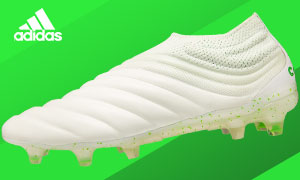

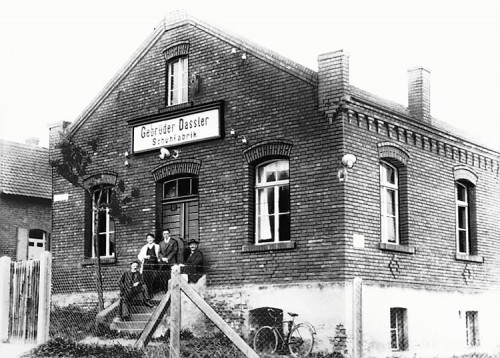
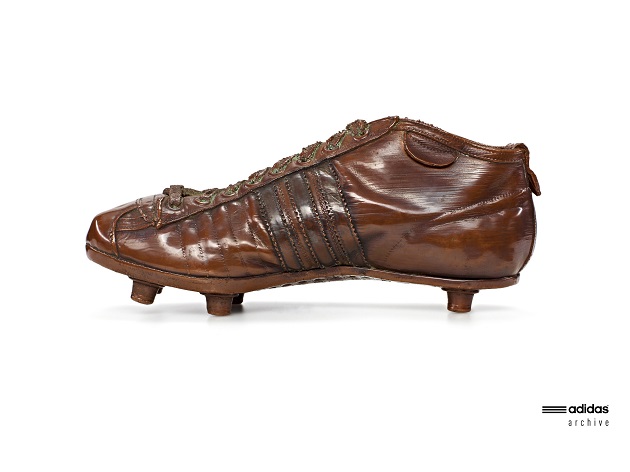
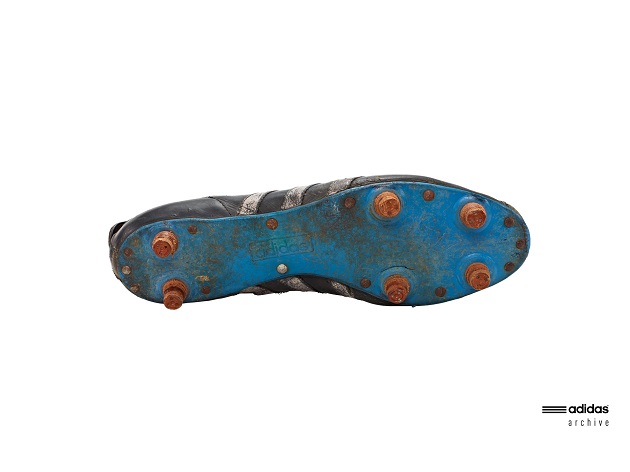
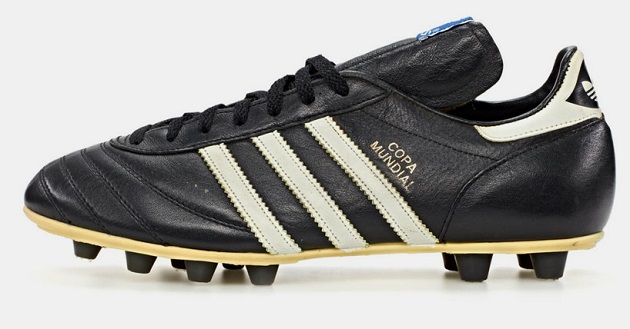
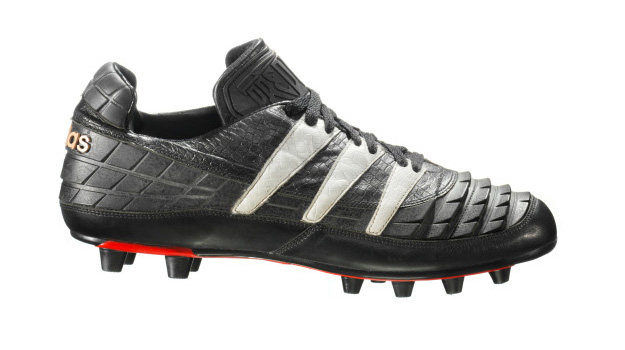
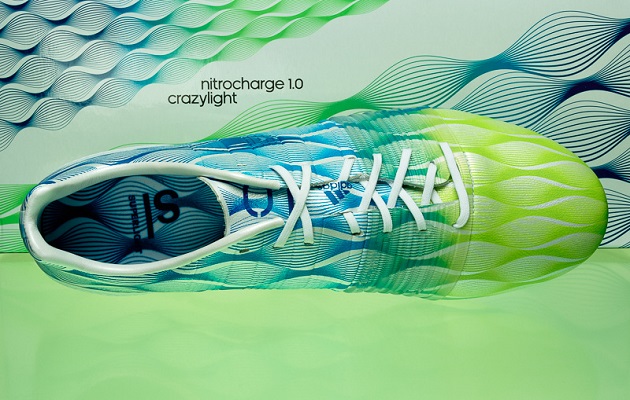

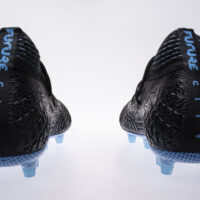
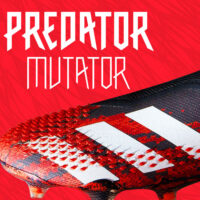
at 03:13
Dassler is crying in his tomb after seeing the latest adidas designs